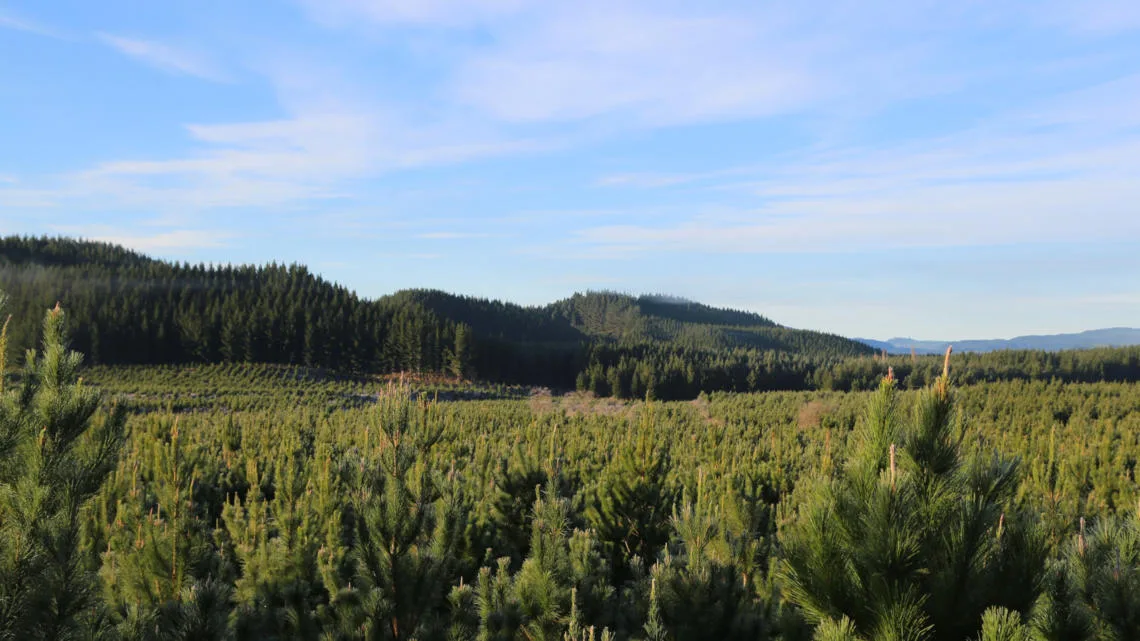Authors
Brandon Lewis, Manulife Investment Management Timberland and Agriculture
This insights piece is part of a series from the members of WBCSD’s Forest Solutions Group (FSG) presenting diverse perspectives on the forest sector’s many connections with key global development issues. These voices from the forest sector bring to life FSG’s mission to advance the circular bioeconomy and a thriving forest sector that sustains healthy productive forests & people’s well-being.
The growing popularity of ‘nature-based solutions’- actions to protect, sustainably manage and restore natural or modified ecosystems in ways that address societal challenges effectively and adaptively – reflects the reality that, though climate change negatively impacts nature, nature itself is one of our best allies in mitigating climate change. Building on the crescendo of recent climate commitments, we may soon see another wave of business commitments—to be ‘nature-positive.’
But what exactly is nature-positive, and how can business commit to it?
What is nature-positive?
According to an internationally acclaimed group of scientists, conservationists, researchers, and CEOs, “nature-positive means halting and reversing nature loss by 2030, measured from a baseline of 2020.” Nature is, quite simply, the natural world around us, including both living “realms” (biodiversity of ecosystems, species, and genes) as well as non-living ones – land, soil, water, air. To be “nature-positive,” then, means halting and reversing the degradation in quantity, and quality, of land, soil, water, air, ecosystems, species, and genes by 2030.
The role of business in contributing to a global nature-positive goal is the question that has occupied a group of representatives from 30 leading companies and 40 other organizations in the World Business Council for Sustainable Development’s (WBCSD) Nature Action project over the past year. That question led to the development of a set of foundational “building blocks’, consistent with the Natural Capital Protocol and the Science Based Targets Network (SBTN) Initial guidance, to help businesses understand and work toward becoming nature-positive.
As a timberland and agriculture investment manager and member of both the WBCSD’s Nature Action and Forest Solutions Group projects, Manulife Investment Management’s very business is managing nature. This insights piece offers our initial thinking, based on our proximity to nature and on our experience helping to develop the building blocks, of what a roadmap to nature-positive for the forest sector might look like.
Nature-positive building blocks
1. Assess & prioritize: Assess realms of nature (biodiversity, freshwater, land, oceans) potentially relevant to operations and the value chain and prioritize impacts, dependencies and opportunities for regeneration.
According to the World Wildlife Fund (WWF), 80% of the world’s known terrestrial plant and animal species can be found in forests. As well as protecting biodiversity, forests absorb air pollution, regulate water flows (thus reducing flooding risks) and help retain water in soil (reducing drought risks). Society depends on these valuable ecosystem services, and a nature-positive forest sector must first understand its impacts on them, from forest production, through processing, manufacturing, product use, and eventual product disposal or end of life. This begins a materiality assessment such as those in the Natural Capital Protocol’s Forest Products Sector Guide (see step 4 – Determine the impacts and/or dependencies).
2. Commit: Set a baseline and commit to ambitious, time-bound, science-informed goals and targets to both halt and reverse the loss of nature.
What constitutes a credible commitment? According to WBCSD’s new membership criteria, “ambitious, science-informed, short and mid-term environmental goals that contribute to nature/biodiversity recovery by 2050,” with milestones to track progress, from a baseline of 2020, or whenever adequate data is available. While a commitment to being nature-positive as an overall goal might look similar for companies across different sectors, the underlying targets will be unique. For the forest sector, they may build on KPIs such as those in the FSG’s Forest Sector SDG Roadmap Implementation report.
3. Measure & value: Use validated, interrelated indicators to measure nature outcomes that inform decision-making.
As the state of nature improves, so will its benefits to us, which incentivizes conservation, which further reduces pressure on nature. But in order to track progress in this virtuous cycle, we need to be able to measure it. Fortunately while there are no perfect single measures, IUCN illustrates that meaningful measurement of progress in this cycle is possible, as shown in this example for biodiversity:
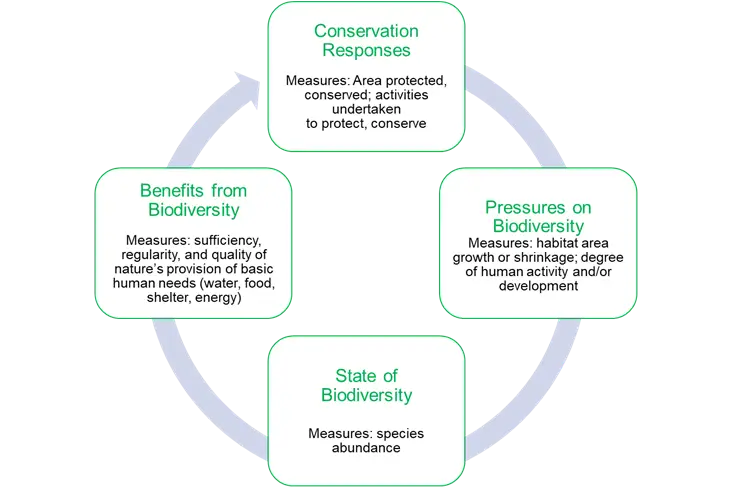
But perhaps even more important than measuring is valuing. This is where, we believe, natural capital accounting (NCA) comes in. NCA provides a standardized approach to measuring the assets that constitute ‘nature’, the services those assets provide, and the value we derive from those services whether qualitative, quantitative or monetary. At Manulife Investment Management, we began using NCA in 2018, developing approaches to value the health benefits of understory plants as well as to value ecosystem services from plantation forestry in New Zealand. Such values need to begin making their way into natural capital balance sheets and income statements so that investment alternatives can be appropriately compared from a holistic point of view. The recent development of the first natural capital standard (BS 8632: Natural Capital Accounting for Organisations) is an encouraging sign.
4. Act: Systematically apply the mitigation hierarchy within and beyond corporate operations to reduce pressures and make positive contributions across the value chain.
According to the SBTN, companies should take action by first avoiding impacts to nature, then reducing unavoidable impacts, restoring ecosystems, and ultimately enabling the ability of degraded ecosystems to regenerate themselves – all the while working for systems-level change.
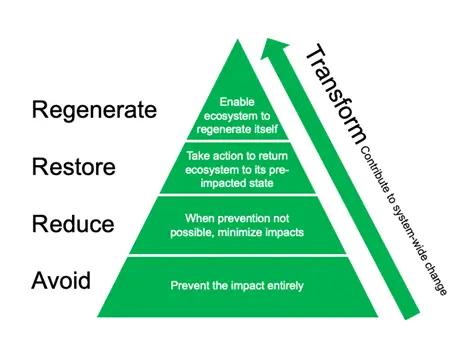
While degradation of nature is as global a phenomenon as climate change, its effects are often very local, and are often highly concentrated in Key Biodiversity Areas (KBAs). This is especially relevant for the forest sector as wood products are one of four commodities (the others being beef, soy, and palm oil) driving the majority of tropical deforestation. Companies operating in and near KBAs therefore have a greater responsibility to protect them as well as a greater opportunity to preserve and perhaps even enhance the ecosystem services nature provides.
But what about the land outside KBAs? All forests provide ecosystem services, and many plantations in areas of less natural significance may provide raw materials that displace demand for forest products from more sensitive areas elsewhere. Thus the need to measure and value holistically, not only the activity itself, but the implications of that activity for nature elsewhere.
5. Transform: Collaborate to achieve nature-positive outcomes across all spheres of control and influence.
As is often the case in the climate conversation, the impact of the value chain often far exceeds the impact of a business. Forest sector businesses must therefore think not only about their own companies, products, or sites, but also what happens to the products they produce—and what impacts they might have on nature—after they leave the forest, mill, or factory gate.
For example, milling and manufacturing are just as significant as forest management in their capacity to protect or degrade nature. Similarly, reuse and recycling of harvested wood products helps ensure that they are long-lived and the carbon locked up in them remains out of the atmosphere for many more years.
6. Disclose & report: Prepare to disclose material nature-related information.
As we look for guidance to develop from the forthcoming Taskforce on Nature-related Financial Disclosures (TNFD), we can expect investors to more frequently demand and consider the governance, strategy, risk management, and metrics and targets used by companies to ascertain their impacts and dependencies on nature, as well as the risks and opportunities that flow from them.
Being close to nature provides the forest sector greater visibility into its impacts and dependencies on nature in ways that are simply not possible for companies whose activities are further removed from the tangible natural world. The forest sector is well-placed to lead the effort.
Conclusion
The nature-positive building blocks provide “no regrets” actions for businesses to take while awaiting more specific guidance from TNFD and SBTN. Time is of the essence. As UN Secretary-General Antonio Guterres has said, “Making peace with nature is the defining task of the 21st century. It must be the top, top priority of everyone, everywhere.”
Brandon Lewis is the Associate Director of Sustainability at Manulife Investment Management Timberland and Agriculture. This content represents the views of the author which are provided for informational purposes only and subject to change without notice.
About WBCSD Nature Action and Forest Solution Group
Through the Imperatives Climate Action, Nature Action and Equity Action, WBCSD supports business to shape strategies and formulate their actions to be on track by 2030 for the transition to net zero emissions; becoming nature positive; and contributing with intention to an inclusive and equitable society. WBCSD Nature program area brings together all work on protecting and sustainably managing ecosystems and builds on over 20 years of WBCSD and member experience in business and biodiversity and corporate ecosystem service assessment and valuation.
The Forest Solutions Group (FSG) is the global platform where leading business in the forest products sector build and share solutions to sustainable development. FSG’s mission is to grow an inclusive circular bioeconomy that is rooted in thriving working forests.
If your organization is active in the forest sector value chain, and wanting to engage on the topic of Nature Positive, please reach out to Angela Graham-Brown
WBCSD news articles and insights may be republished in accordance with the Creative Commons Attribution-NonCommercial-NoDerivatives 4.0 International Public License, and in accordance with our Privacy Policy. All Content must be featured with due credits.
Outline
Related
Content
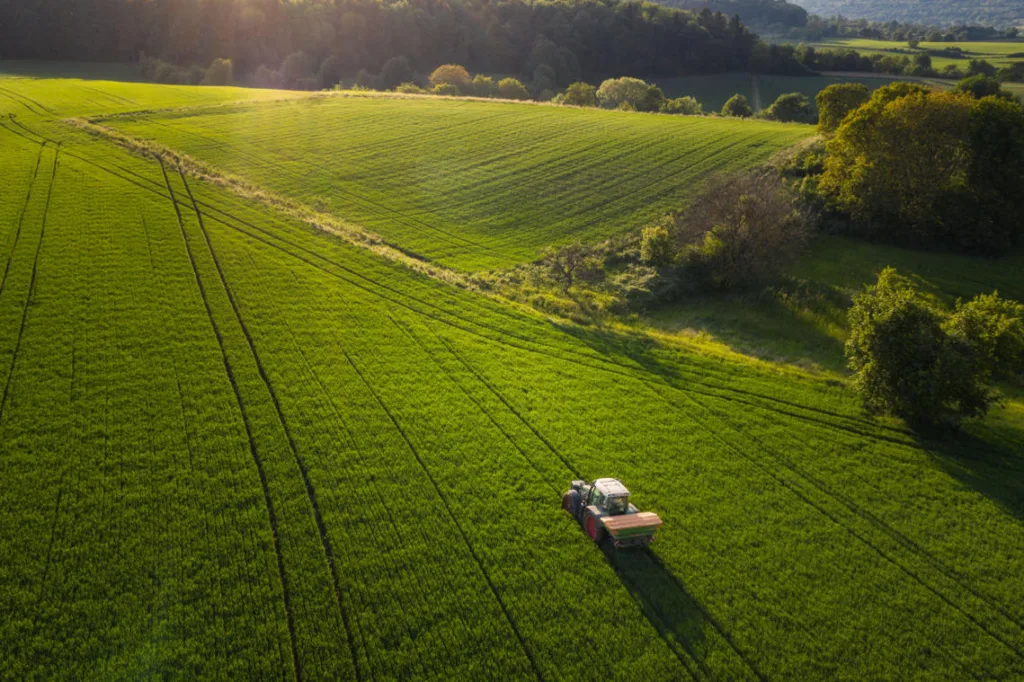
The future of food – How Kraft Heinz is working toward and contributing to a more sustainable food system
17 October, 2023
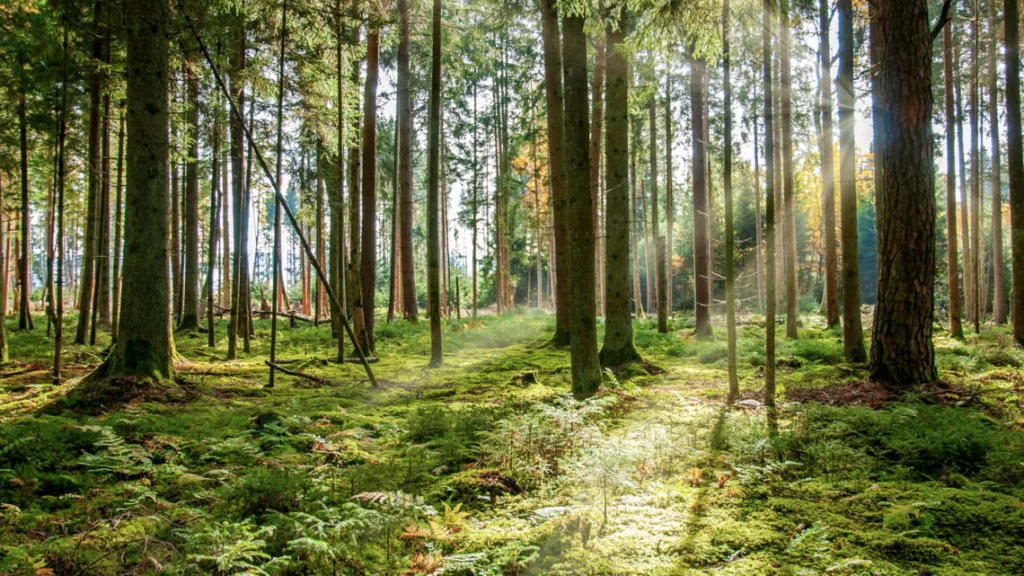
TNFD releases proposed disclosure metrics for the forest sector
19 September, 2023
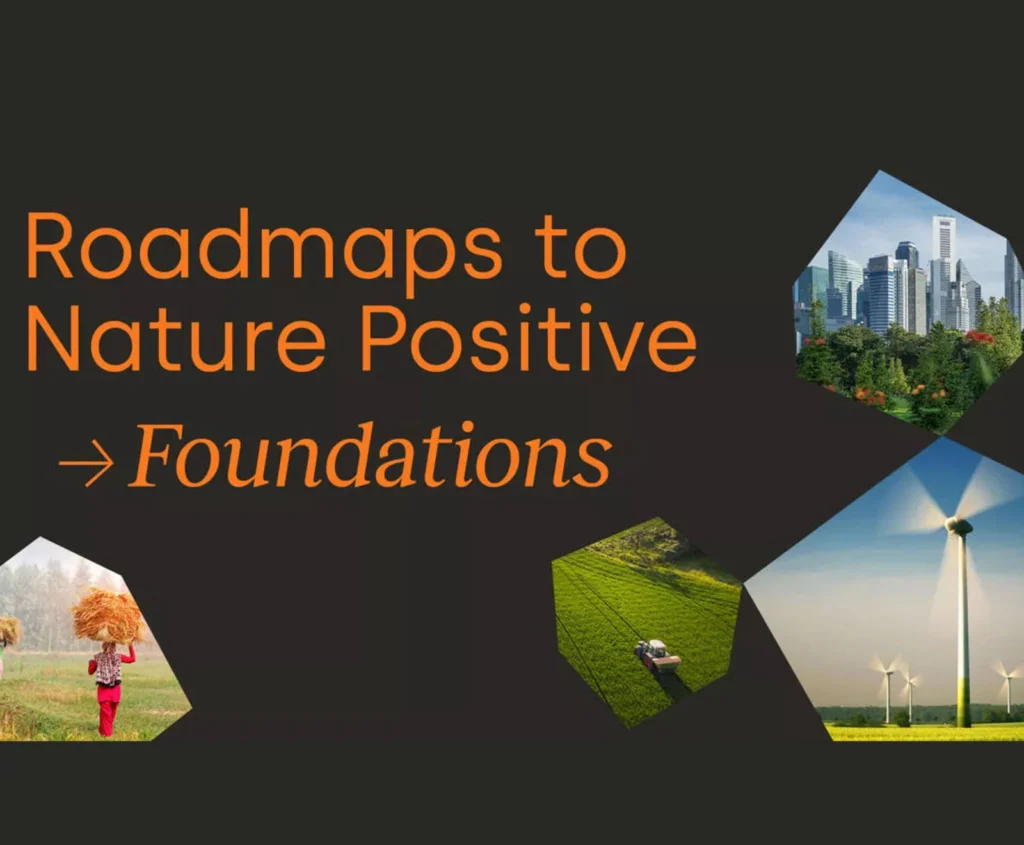
Cutting through the complexity – guidance for business to accelerate action and accountability in support of nature-positive outcomes
12 September, 2023
